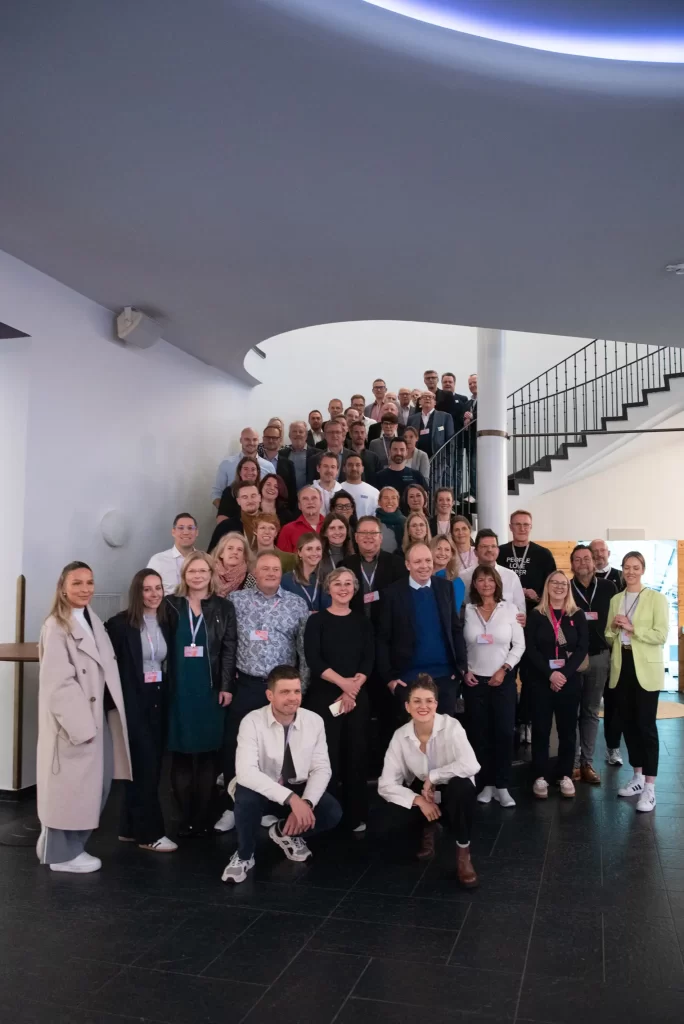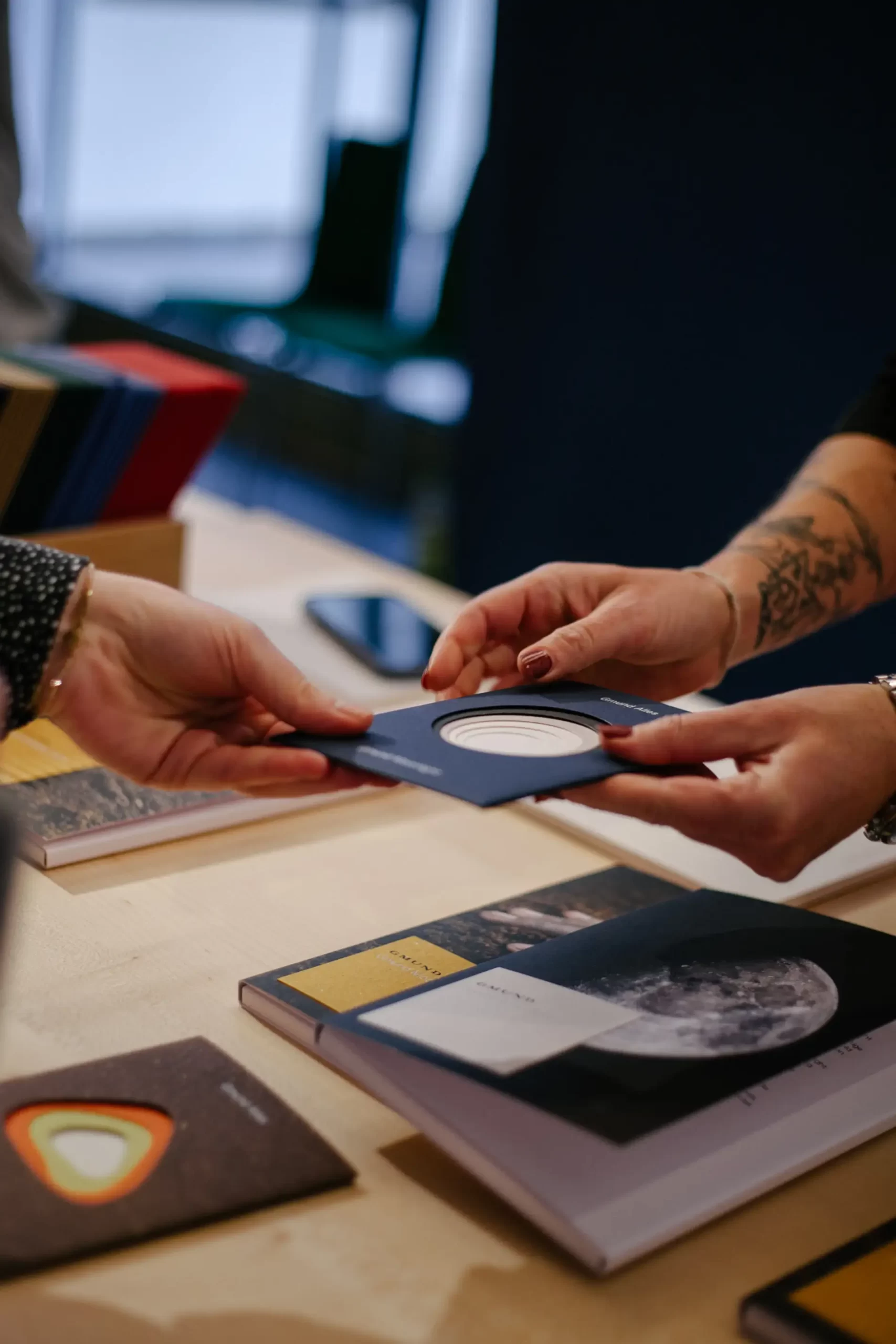A successful conference is like a good magazine: it tells stories in a surprising way, is carefully curated and full of diverse topics, fascinating protagonists and inspiring images. When the doors of the Alte Kongresshalle in Munich opened for the Creative Paper Conference on October 24 and 25, this special atmosphere was in the air: for two days, over 800 print enthusiasts transformed the hall into a lively place of exchange and inspiration - full of ideas, encounters and discussions about the potential of print media, which remain indispensable, especially in the digital world.
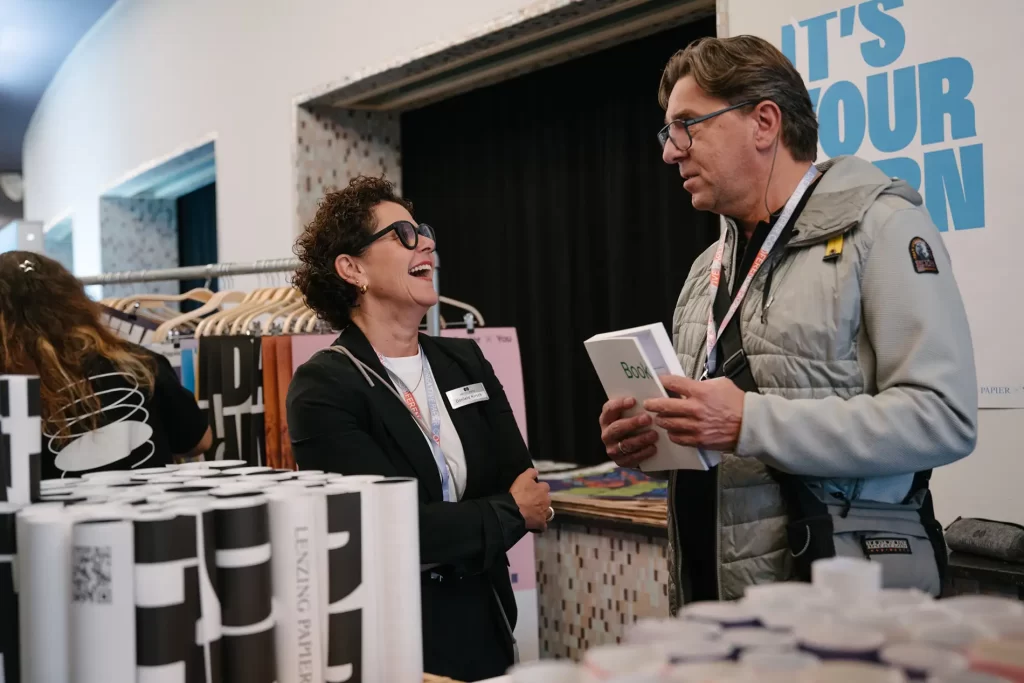
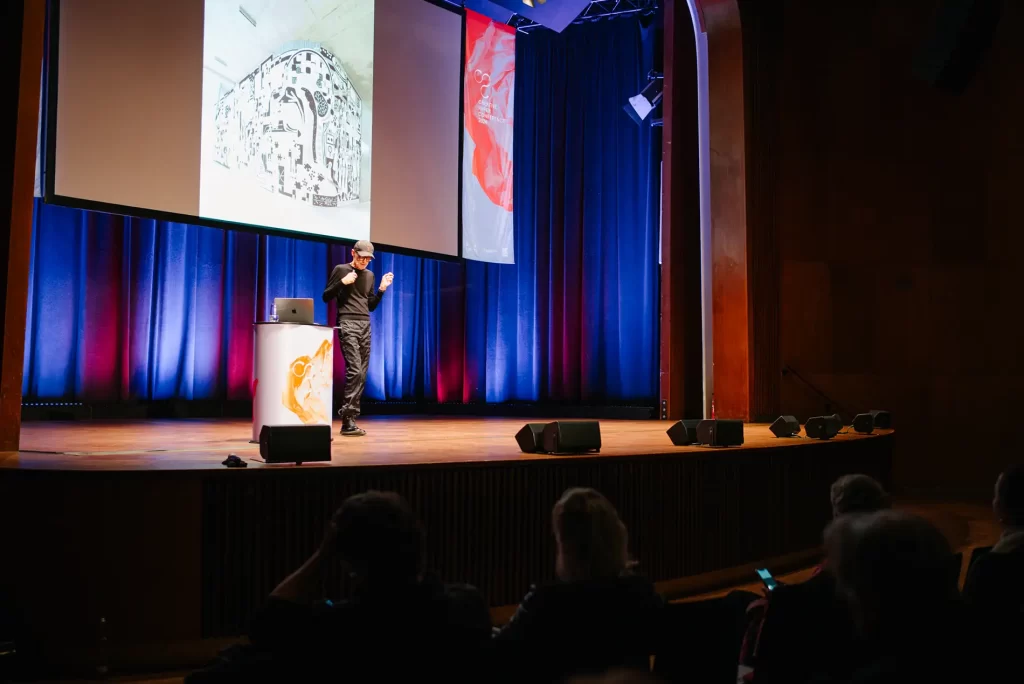
"Print shows its true strength"
This year's motto was intended to show what makes print so great and relevant - especially in the digital age. The opening lecture by Sirene Design Studio immediately took an inspiring direction, showing print as a tool of transformation, whose playful design Sirene approaches collectively, advocating the joy of experimentation and solidarity.
The topic of haptics was a recurring theme throughout the conference. Chrish Knigge from Studio Grau impressively explained how haptic brand experiences create long-term connections and are remembered. In the afternoon, Carolin Blöink from the Stiftung Buchkunst took the audience on a journey through the world of book art. For more than fifty years, the foundation has honored the best book designs and championed the printed book as a cultural asset. "Our aim is to promote the quality of the commercial book through a wide range of activities," says Blöink. An intense interest is palpable as the audience learns about the artistic aspects of book design and more about the criteria for the prestigious awards.
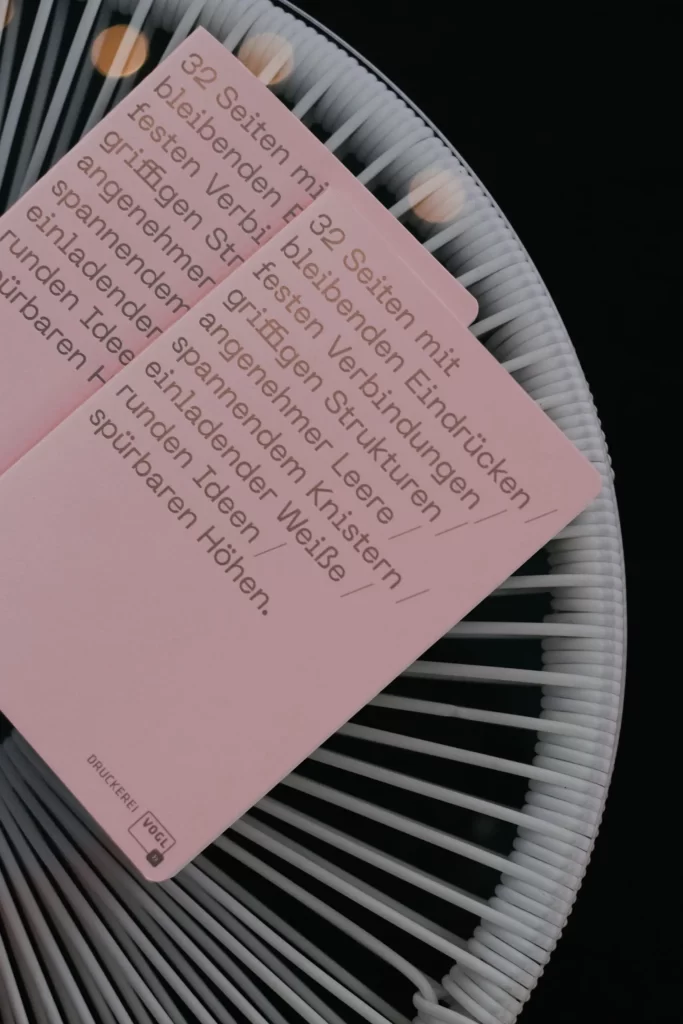
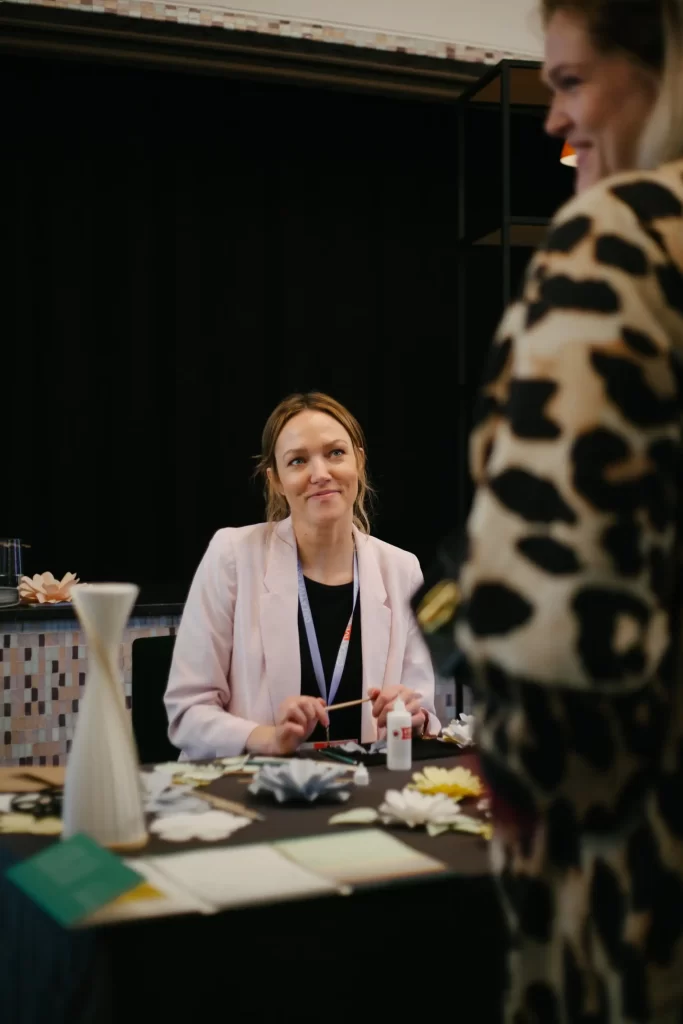
The following lecture by Florian Lamm from Studio Lamm & Kirch was particularly impressive for editorial designers, as he spoke about the design of visual identities in the cultural sector and shared his experience in book and exhibition design with the audience. Lamm showed how outstanding design can shape and strengthen the identity of cultural projects, and how the interplay of fantastic ideas and clever technical production clues can be used in this area.
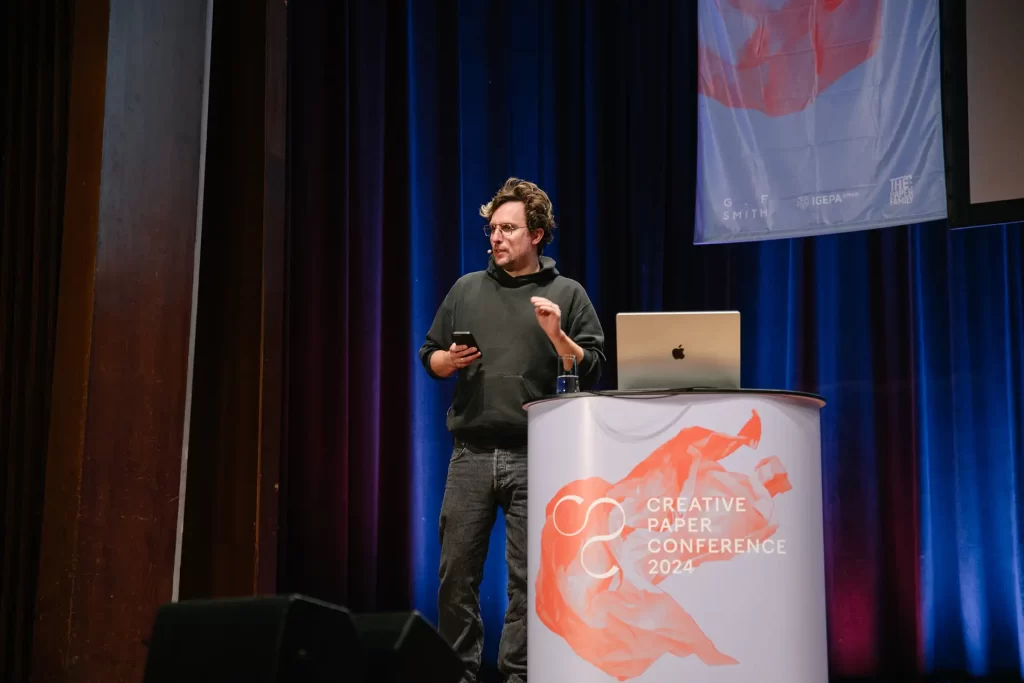
Later in the afternoon, Andreas Uebele from Büro Uebele made a clear statement with his presentation on the social role of design: "Can communication make the world a better place?" Uebele highlighted the responsibility that designers can take on in communicating complex topics and presented the corporate design of the German Bundestag as an example. He showed how concise design and well thought-out visual communication can convey social values and enrich public discourse.

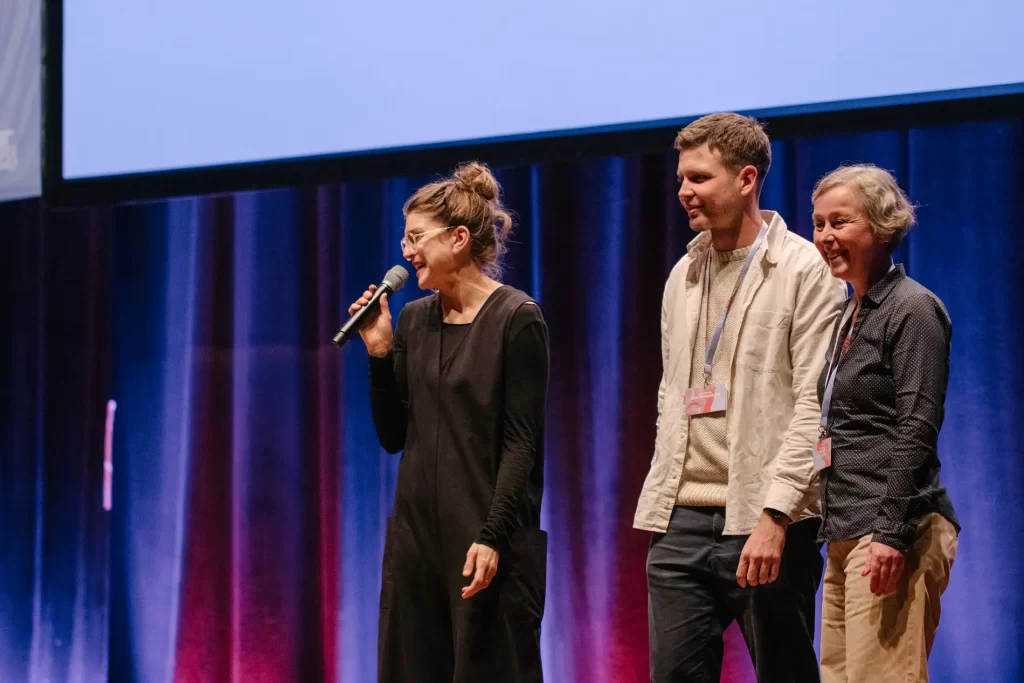
From lithography to brand development in addition to AI trends
The second day also offered many new perspectives: Alexandros Michalakopoulos and Andreas Ruhe from Morphoria Design Collective spoke about collaborative creativity, and inspired the audience with global print and exhibition projects from Palermo to Shanghai. Raquel Ro from Steindruck Werkstatt took us on a journey into the fascinating world of lithography. "There is a power in lithography that digital cannot replace," she explained and took the guests through the history of the formerly transformative printing technique: "As so often, creative people and artists showed how it can be used and were copied by the industry with their ideas," she said.
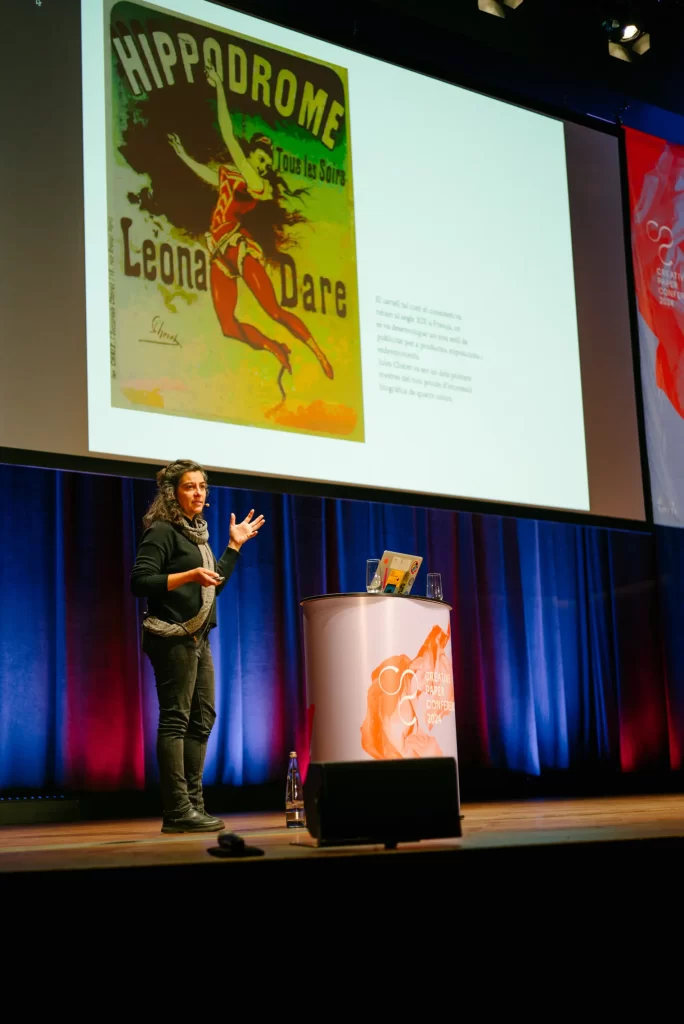
The afternoon started with a session of three short presentations by Sandra Teschow, Art Director of the science magazine Science Notes, the young designers Valeria Schriber and Niklas Wolf from Hamburg, who spoke about their award-winning master's thesis "Uprooted", and the production designer and "Nachhaltig drucken" author Marco Hanecke. Their short, concise impulses offered a diverse overview of current approaches - and challenges - in design and print production.
Grit Wolany, Art Director and Trend Scout from Zurich, offered a technological contrast in her presentation on the role of artificial intelligence in the creative industry: "AI opens up many opportunities for us, but also poses ethical questions. How far do we want to go? How can we ensure that human creativity remains at the center?" Wolany's presentation encouraged reflection on the opportunities and limitations of AI in creative work and humorously showed the balance between traditional design methods and innovative tools.
This was followed by the keynote speech by Tom Ising and Hans Findling, who presented award-winning projects for the brand development of cultural institutions by their studio Herburg Weiland - such as the work for the Munich gourmet temple Tantris Maison Culinaire or the Bauhaus Foundation in Dessau. A real highlight that emphasized the importance of print in cultural communication.
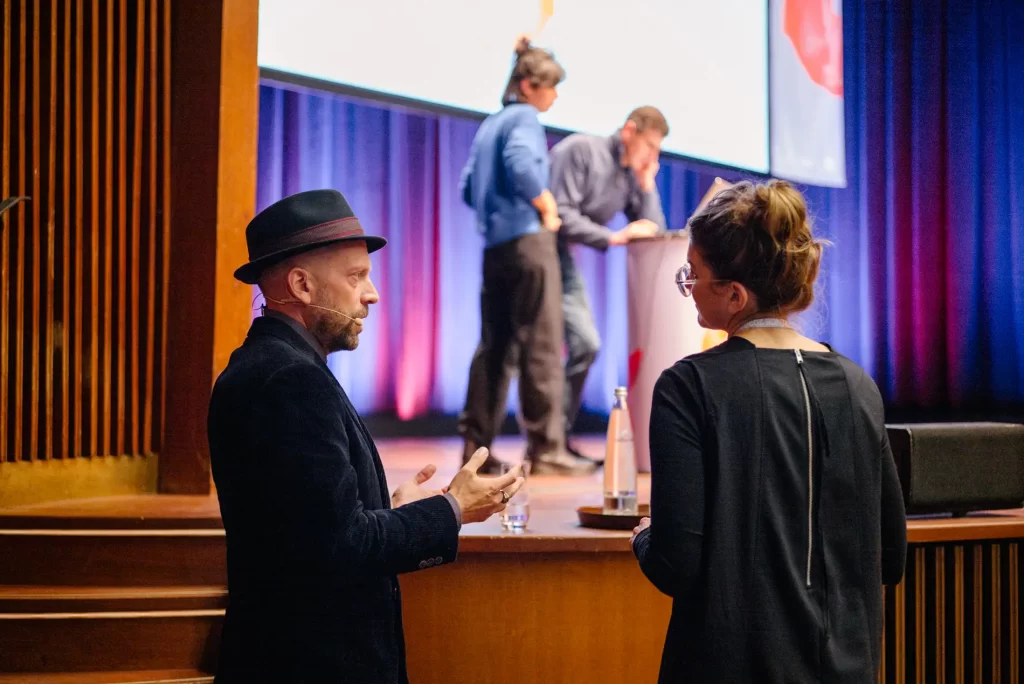
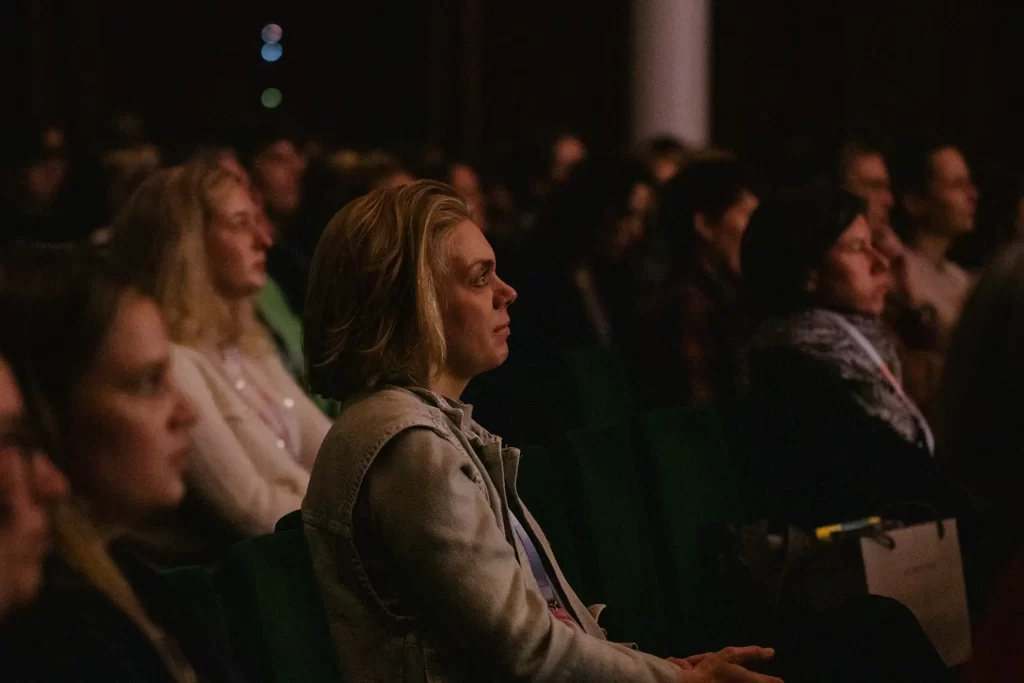
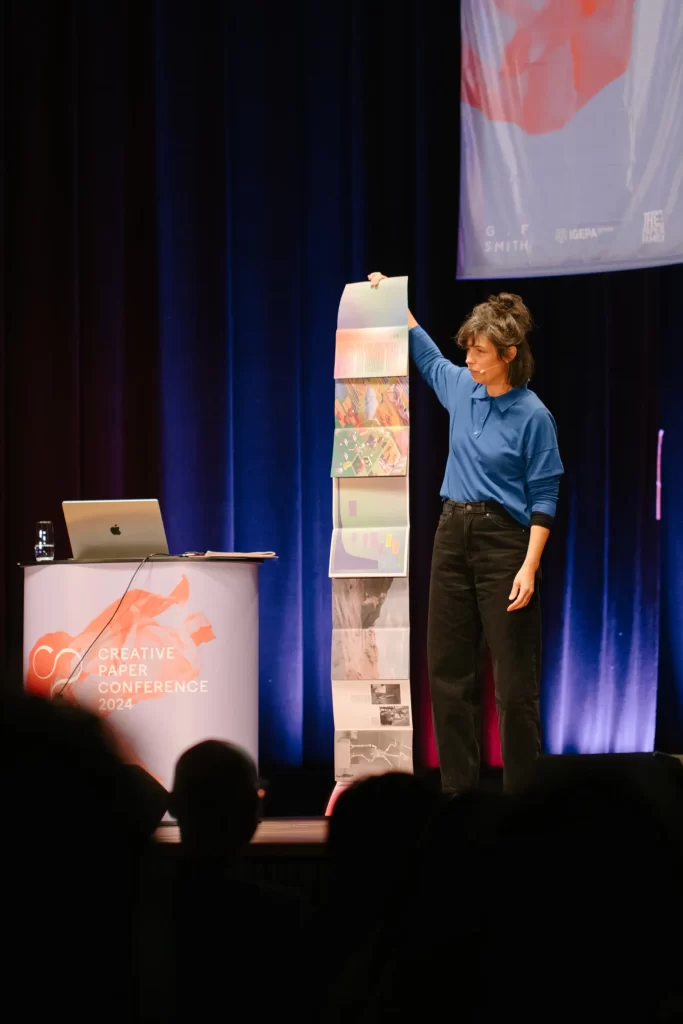
The trade fair area: encounters with innovations
Browse, feel, sense with all your senses: one of the central pivotal points of the CPC was the exhibition area, where leading companies from the paper, printing and finishing industry presented their products. Over 700 square meters filled with innovative materials and finishing techniques. Visitors' enthusiasm was palpable as they found new inspiration from exhibitors such as G.F Smith, Igepa and Antalis. "Here I can directly feel what I will later use for my designs," a design student told us, returning from the stands with numerous treasures and material catalogs.
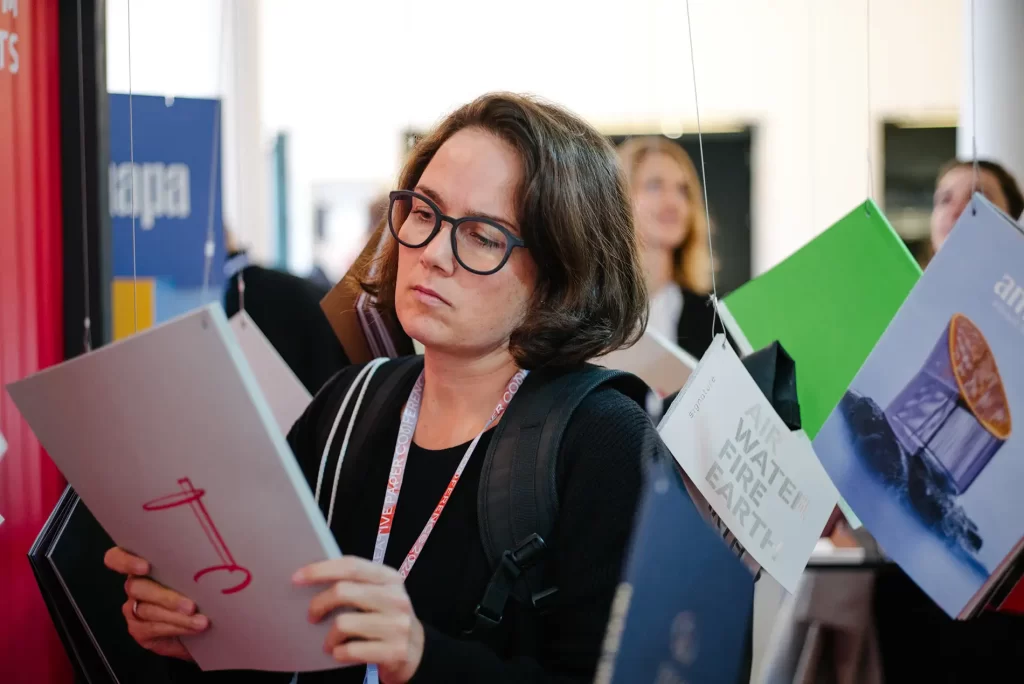
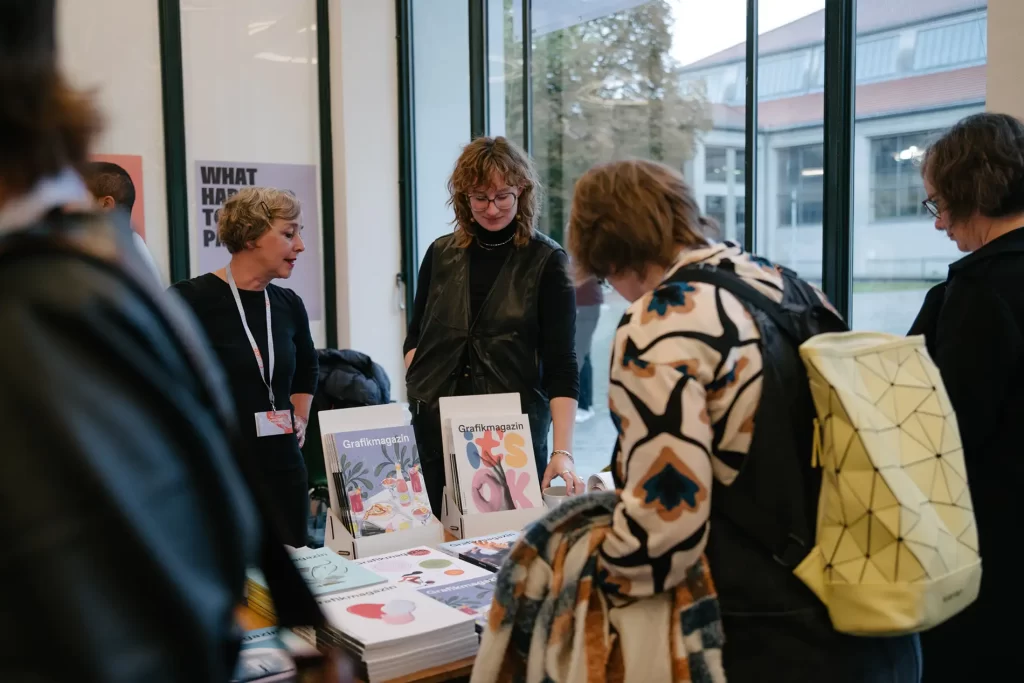
We say: A thousand thanks!
We are delighted with the success of the Creative Paper Conference 2024, which vividly demonstrated that print has many enthusiastic fans and a firm place in the creative industry. Two days full of creative energy, inspiring presentations and unique encounters have reinforced our belief that print remains strong - because it touches, inspires and connects.
It was a great pleasure for us to see designers from all over the DACH region, industry experts and creatives exchanging new ideas and experiences. One exhibitor who sat at our table during dinner summed it up perfectly: "That's what makes CPC so special - here we find like-minded people who share a passion for print. You have a direct topic of conversation with everyone." We hope that many new contacts were made or old acquaintances refreshed - and that we will hear about many a joint project at CPC 2026 at the latest. Of course, this also applies to us: The density of fresh ideas also inspired us to engage in intensive discussions and gave us new food for thought for our own work. We would like to say a thousand thanks to our sponsors, the hard-working helpers behind the scenes, all the guests and exhibitors - and look forward to the next time!
All pictures: © Burke Academy
